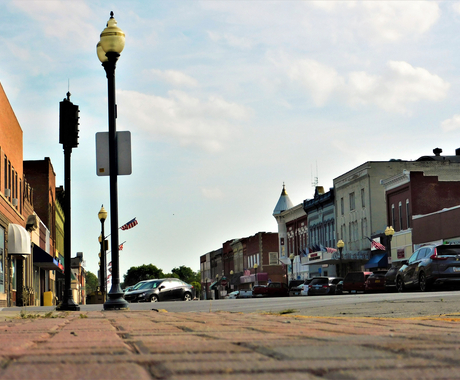Rhea Landholm, brand marketing and communications manager, [email protected], 402.687.2100 ext 1025
LYONS, NEBRASKA – Of the more than 25 million households that lack access to broadband internet, 19 million of them are in rural areas according to a white paper from the Center for Rural Affairs. Released today, “Map to Prosperity” analyzes current accessibility and barriers to expanding broadband access in rural America.
Broadband is defined by the Federal Communications Commission as internet connections capable of 25 Megabits per second (Mbps) for download and 3 Mbps for upload speeds.
“We are now experiencing a digital revolution, however millions of rural Americans are being left behind,” said Johnathan Hladik, policy director at the Center for Rural Affairs and author of the report. “A closer look at adoption and accessibility in rural communities shows that the problem isn’t always money – it often comes back to policy.”
According to the analysis, access to broadband for rural households depends heavily on geography. Nationwide, 31 percent of rural households and 35 percent of Americans on Tribal lands lack access. In Wyoming, Oklahoma, New Mexico, Nevada, Montana, Missouri, Mississippi, California, Arizona, and Alaska, more than 60 percent of rural areas lack access to broadband.
In Nebraska, internet speeds that qualify as broadband are available to 5 percent or fewer residents in 18 of the state’s 93 counties. Of these 18 counties, 10 do not have a single household with broadband access.
The inability of states to map existing service areas is highlighted in the white paper.
“A majority of state governments are now relying on erroneous data that grossly overestimates the number of households with broadband access,” Hladik said. “Improved mapping is an easy, cost-effective solution states can adopt to increase broadband access in rural areas.”
Currently, if a carrier reports providing a service to any one household within a Census block, the entire block is counted as “served.” For example, if one household out of eight in a one square mile section has broadband access, all eight are considered served. This is true even if the other seven have no ability to gain access.
On-farm access and usage, technological literacy, and small business entrepreneurship are also discussed in the publication. Additionally, examples of policy solutions are provided in the analysis.
To view the white paper, visit cfra.org/publications.


